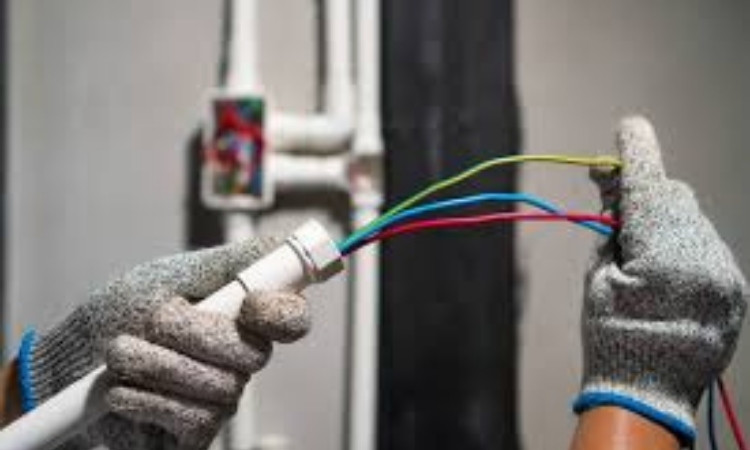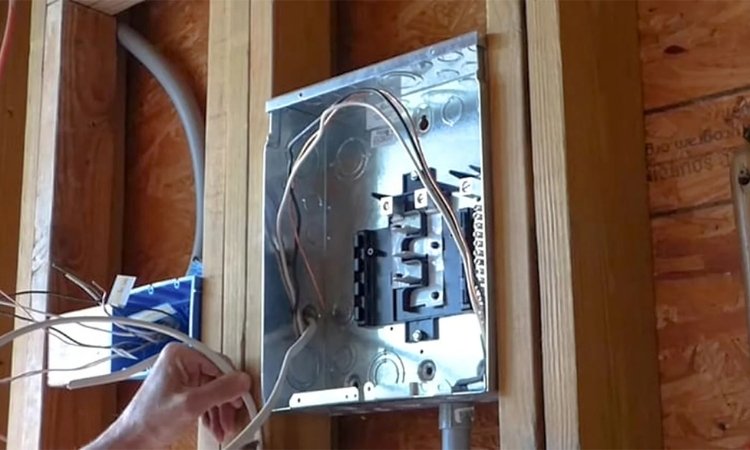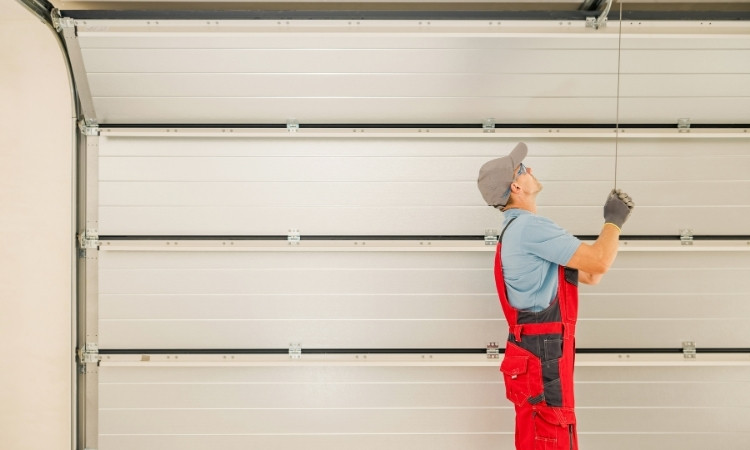If you’re looking to wire a garage in Singapore, you’re probably either building a new garage or upgrading an old one. I faced the same situation when we renovated my uncle’s landed property in Hougang. His garage was dark, had only one power point, and no ventilation. It simply wasn’t practical anymore.
Like many homeowners in Singapore, we needed a garage that could serve more than just parking. We wanted lighting, enough power for a freezer, and even charging points for tools. That’s when I learned just how important proper wiring is and how different it can be compared to other parts of the house.
Wiring a garage in Singapore requires planning, understanding the local electrical rules, and working with the limited space most garages have. That’s why I’ve written this detailed guide to make you understand exactly how to wire a garage the right way, with a focus on what works here, not just anywhere. Also, LS Electrician Services Singapore explains how to wire a garage in Singapore. They offer light bulb replacement, power failure troubleshooting, and exhaust fan installation services in Singapore.
Why Wiring a Garage in Singapore Is Different
The garages here are compact. They’re usually built as part of a terrace or semi-detached house, so they are often unprotected from the weather. Also, because our climate is hot and humid, you don’t just need good wiring. You need wiring that’s safe, moisture-resistant, and compliant with Singapore’s Energy Market Authority (EMA) regulations. These rules are there to keep you and your home safe.
If you plan to add a dryer, workshop tools, or even an EV charger, your setup needs more than a basic extension cord. You’ll need to follow the electrical wiring of a garage step-by-step and work with a Licensed Electrical Worker (LEW).

How to Wire A Garage in Singapore
1. Draw a Simple Garage Wiring Layout
Start by sketching your garage. Mark out where you want lights, switches, and power points. For example:
- One overhead light in the middle
- A double power socket near the workbench
- Another socket for the washing machine
- Light switch near the door
If your garage is also used as a laundry or storage area, list the appliances you’ll use. This helps you understand how much electricity you’ll need.
2. Check Your Home’s Electrical Load
In Singapore, most homes run on a 63-amp or 100-amp main power supply. If your garage will have heavy appliances like a dryer or a power tool bench, make sure your main electrical board can handle the load. You may need a separate circuit or a sub-distribution board just for the garage.
An electrician will calculate this for you. When we added a dryer and small freezer to my uncle’s garage, we had to install a new circuit to prevent overloading the system.
3. Install Conduits or Trunking
Singapore homes are usually built with concrete walls. That makes it hard to hide wires inside the walls unless you do hacking. Most people use PVC trunking to run wires neatly on the surface.
- Use thicker trunking for power sockets
- Use smaller trunking for lighting wires
- Make sure it is water-resistant (especially for outdoor-facing garages)
All trunking should be securely fixed to the wall with clips or screws. Avoid using tape or glue.
4. Wire the Lights and Sockets
For garage lighting, most homeowners choose LED lights. They are energy-saving and bright. Use 1.5mm² wire for lighting and 2.5mm² wire for sockets. If you’re installing a dryer or water heater, use 4mm² wire or more.
Connect the wires properly using junction boxes. Keep all live, neutral, and earth wires in the correct positions. This part must be done by a Licensed Electrical Worker (LEW).

5. Install Safety Features
In Singapore, safety is very important.
- Install a Residual Current Circuit Breaker (RCCB) to prevent electric shock
- Make sure all sockets are grounded properly
- Use weatherproof sockets if your garage is exposed to rain or humidity
My uncle’s garage had open sides. So, we used outdoor-rated sockets with covers. It’s better to be safe than sorry.
6. Call a Licensed Electrician for Testing
Once all the wiring is complete, a LEW must inspect and test everything. He will check if the wires are safe, if the load is balanced, and if the system meets Singapore’s electrical code (SS CP5). You may also receive a Certificate of Compliance for the job.
Final Word
Most people don’t think twice about their garage wiring until they need more power, more light, or better safety. In Singapore, where space is tight and the weather is humid, wiring your garage right the first time is essential.
Don’t cut corners. Follow the right steps, use safe materials, and work with certified professionals. Your garage deserves more than just a quick fix. A thoughtful strategy and experienced execution are essential for it. No matter if you want additional power, more storage, brighter lighting, and having proper wiring in your garage is worth it in the long run.
So, if you plan to wire a garage in Singapore, treat it like an upgrade that deserves attention. With the right steps, your garage can become a bright, reliable, and useful extension of your home.
